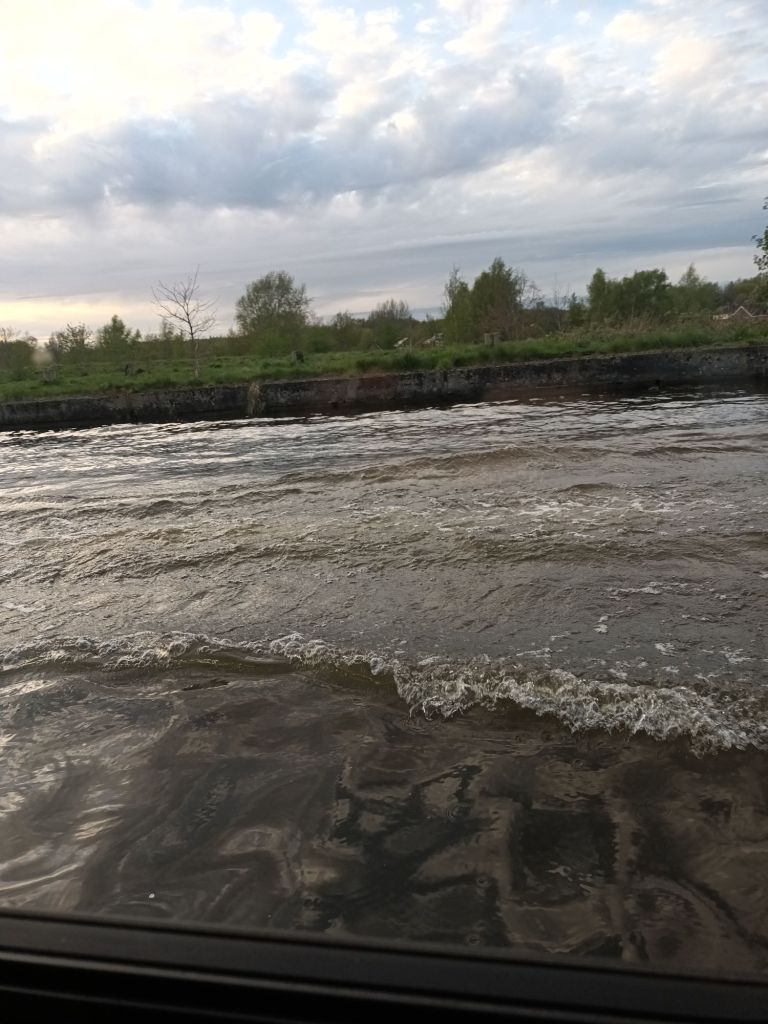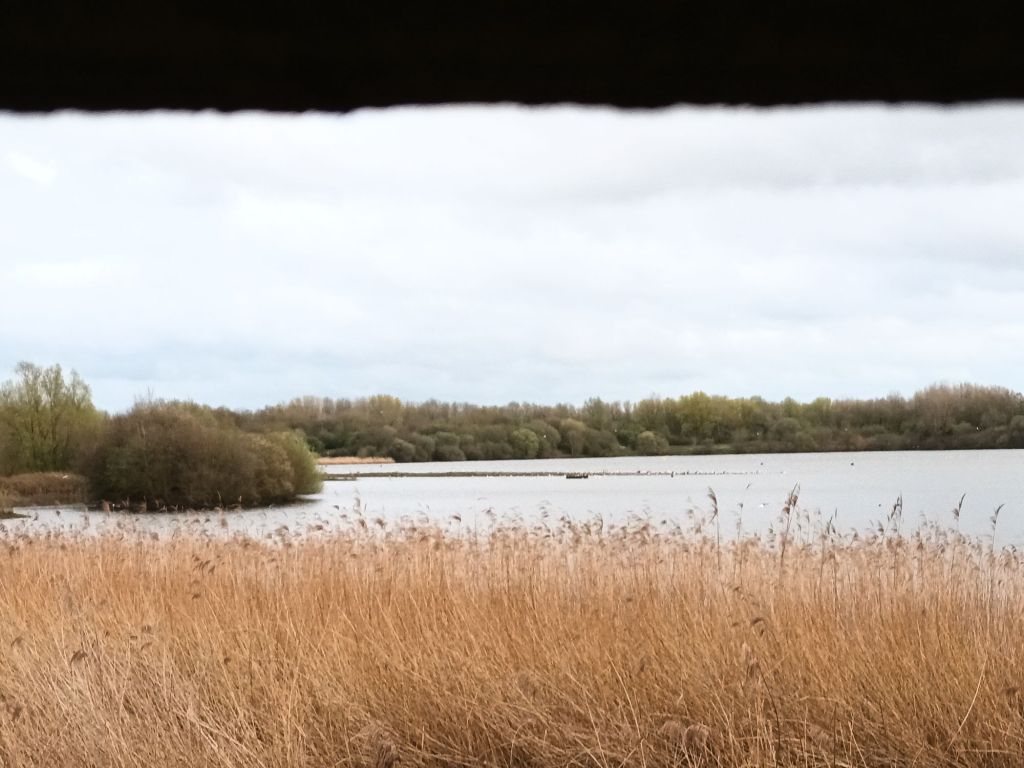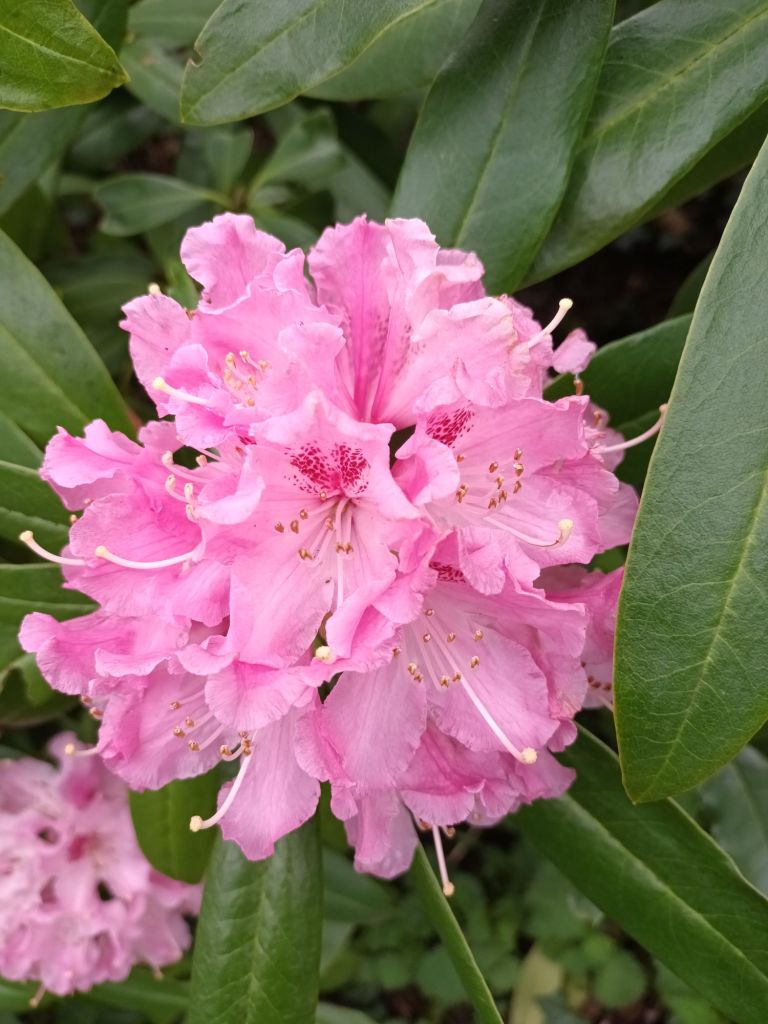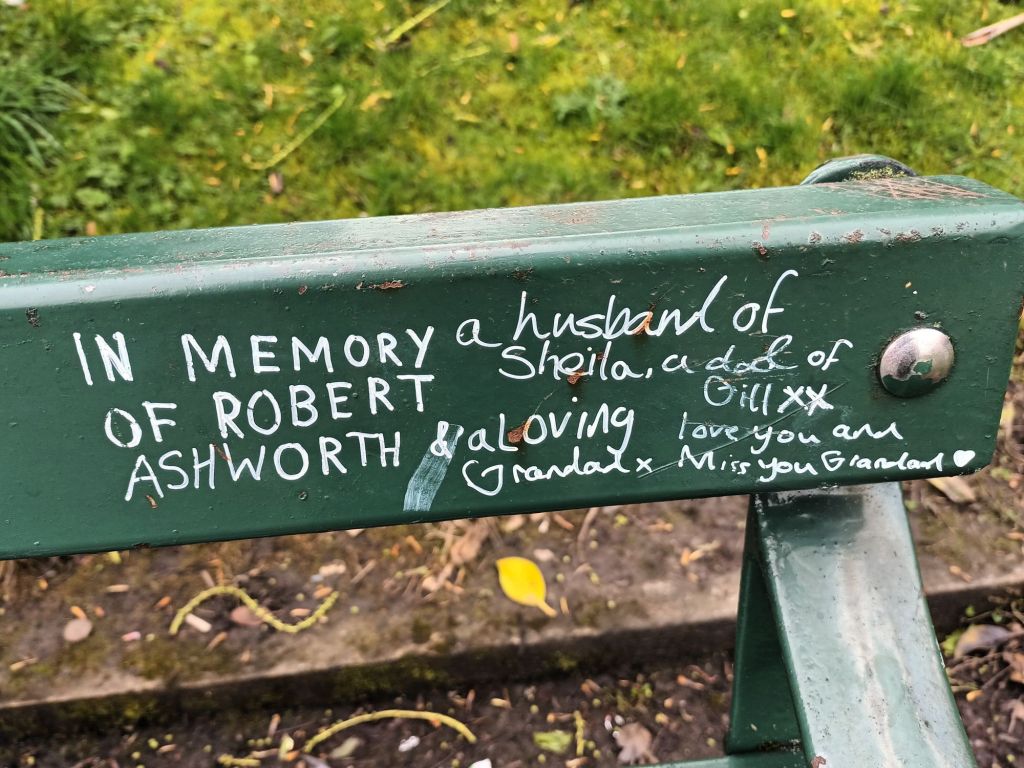What are you leaving in your wake? What do you want your legacy to be? What do you think it will be?

As Paris gears up to host the Olympic Games this year, expectations of legacy are being bandied about as ever. Legacy and sustainability are the key aims for Paris 2024. They want local communities to have economic benefits from this, the first time the Games have been held in France for 100 years. Those aims seem remarkably in tune with every other country hosting the Olympics in the past.
That’s not to say they aren’t laudable, and living as we do afloat, travelling on the inland waterways of England and Wales, I’m aware that legacy comes in many forms. It is possible for some to instantly or relatively instantly evaluate legacy. In many instances, though, legacy is only fully possible to evaluate decades or centuries later.
A lasting legacy is the positive impact our lives have on others – family, friends, strangers, and colleagues. Lasting legacies are not always tangible, and generally, we laud those who leave a positive legacy. Negative legacies are complex as last year’s film Oppenheimer brought into stark relief. The man who invented the atomic bomb could be seen by many to have left a devastating, destructive legacy but he devoted many more years of his life working with other scientists to resolve the ‘alignment’ problem – making sure new discoveries serve rather than destroy humanity. That is a significant legacy.

Living and working afloat on the inland waterways, I’m regularly reminded of the lasting legacy of pioneering canal engineers of Brindley, Jessop and Telford, and here on the Leeds and Liverpool Canal, the work of John Longbotham particularly. He was the first engineer commissioned to create this 127.25mile long vital trading waterway from Leeds to Liverpool. Construction started in 1770, and Longbotham died in 1801 in the penury after construction problems meant he was forced to resign from the project in 1775. Other engineers took over and built quite literally on his legacy until the canal was completed in 1816. As a result, goods from the mills of Yorkshire and Lancashire could be shipped all over the world, and cotton from America could be brought to the mills. Coal from the coalfields could be easily shipped to power the mills and other industries, and in this way, the legacy of these engineers fuelled the industrial revolution. This year Longbotham’s remarkable engineering legacy in creating a mechanism that would raise laden boats the height of five double-decker buses or 60 ft at Bingley was recognised. This year, his lock solution at Bingley celebrated 250 years.
The canal was designed by these engineers, but it was actually built by thousands of men, women, and children who worked with picks, shovels, buckets, and barrows. It is their legacy, which means we can travel in the way we do, but generally, we don’t know their names, even though we appreciate their work daily.

We’re currently moored overlooking Pennington Flash, a stunning 170-acre lake at the heart of a country park. This impressive amenity for wildlife and humans alike is the legacy of subsidence from coal mining and farming that had to be abandoned because of flooding. The legacy of something hugely positive arising from something that was seen initially as immensely positive. Many people in many organisations worked to make this Country Park happen. Few can be remembered by name.
Back in Victorian times, plant hunters headed out to Asia, across Europe and into the Ottoman Empire seeking fame and fortune and lasting legacies through often tiny seeds which they brought back, nurtured and grew into exotic plants to embellish the gardens and parks of their homeland. Many of those plants have existed here for several hundred years no, being enjoyed and bringing colour and a touch of bling to our seasons. For some, though, their legacies have turned sour.

The glorious rhododendron that evergreen ornamental plant brought to the UK by Victorian plant hunters in the late 18th century is now regarded as one of the most destructive, invasive species in our countryside Alongside our canals and rivers later this year we will join others in waging war against the pink peril of Himalayan balsam which is destroying our native species.
Little did the plant hunters or navvies of the past recognise what their legacies would be or how future generations would view them.
It just proves how hard it can be to leave a lasting legacy – but that shouldn’t stop us all striving to leave the world a better place for being here. Maybe the best we can all do is to leave a legacy in which we do no harm whilst we are here, and hope someone remembers us fondly.
